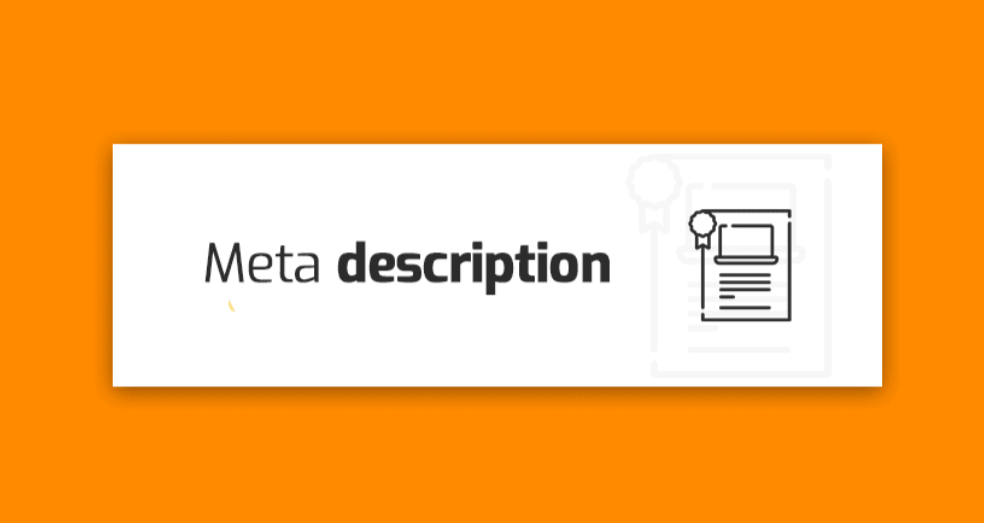Are you an e-commerce entrepreneur? You may have already done some SEO and optimized different aspects of your online store, such as your product sheets or your images.
But your efforts are not enough if you don’t know how to optimize the meta description tags of your web pages. And especially if you don’t understand, like many people, how they work, especially Google meta descriptions.
Meta descriptions are important for the SEO of the pages and they must be optimized for both the users and the search engines. In this article, we explain how it works, how big meta descriptions should be and how to write meta descriptions that will boost your online business.
After reading this post, you’ll have all the info and tools to create meta tags that convert.
What is a meta description tag?
A meta description is a text excerpt that summarizes the content of a web page, in 160 characters maximum. They are contained in the corresponding tag of each page of your site. You see them every time you use Google or any other search engine.
When you enter a query in Google, it presents you with a SERP (Search Engine Results Page). On this page, you will find different results corresponding to your search. Here is an example of a meta description of a result page for the query Oberlo.
At the top of the page you will see the meta title, which is the title of the page. Underneath, you will find the meta description tag, whose function is simple: to encourage search engine users to click on your link.
Google meta descriptions
For a long time, it was unclear what meta descriptions were for Google. How does it really work? Well, every time a query is made, Google will generate an excerpt that is displayed in the search results. This excerpt is taken from a part of the page in question, the one that most closely matches the query. This is why the excerpt does not always match your meta description. Google does the same thing with the meta title. It will take different elements of the page to make a title that it considers suitable for the user’s request.
However, you should write meta descriptions for all your pages, as they will be displayed if Google judges that it describes the page more precisely than the generated excerpt.
However, if you don’t do this, Google meta descriptions will be automatically generated, as well as meta titles.
Why are meta descriptions important?
As e-tailers, we want to do our best to expose our products to potential customers. Meta descriptions allow you to increase the click-through rate from three main sources:
search engine results
social network shares
social bookmarking.
In all three situations, the meta description provides information about the page and helps you capture the reader’s attention.
Although search engines have confirmed that they do not use meta descriptions directly in their SEO algorithm, Google uses click-through rate to check the relevance of your page to the search. Since meta descriptions help you increase your page’s click-through rate, it’s a great way to increase your Google ranking.
The better your search engine ranking, the more visitors you will get. More visitors means more potential customers and therefore more chances to make sales. After all, we are talking about more than one billion active users per month.
What not to do in Google meta descriptions:
If you can put a string of words instead of text, don’t make a keyword list. It is not informative for the user and your site may appear as a spammer to Google.
Do not write the same meta descriptions. If you have a lot of product pages for example, it is better to generate them automatically with a program.
What size meta description?
The ideal meta description size is between 155 and 160 characters. Although there is no penalty for going beyond this, search engines will cut off text that exceeds this number. You can use a tool such as www.charactercountonline.com to check the length of your meta description.
How to write a good meta description?
Now that we know what the meta description is for, let’s see how to write the meta description that will boost your traffic.
It is important to know that there is a difference between meta descriptions of homepage or product pages.











More Stories
A Step-by-Step Guide to Building Your Online Store
Why should you choose web.com
Budget Shared Hosting for Hostgator